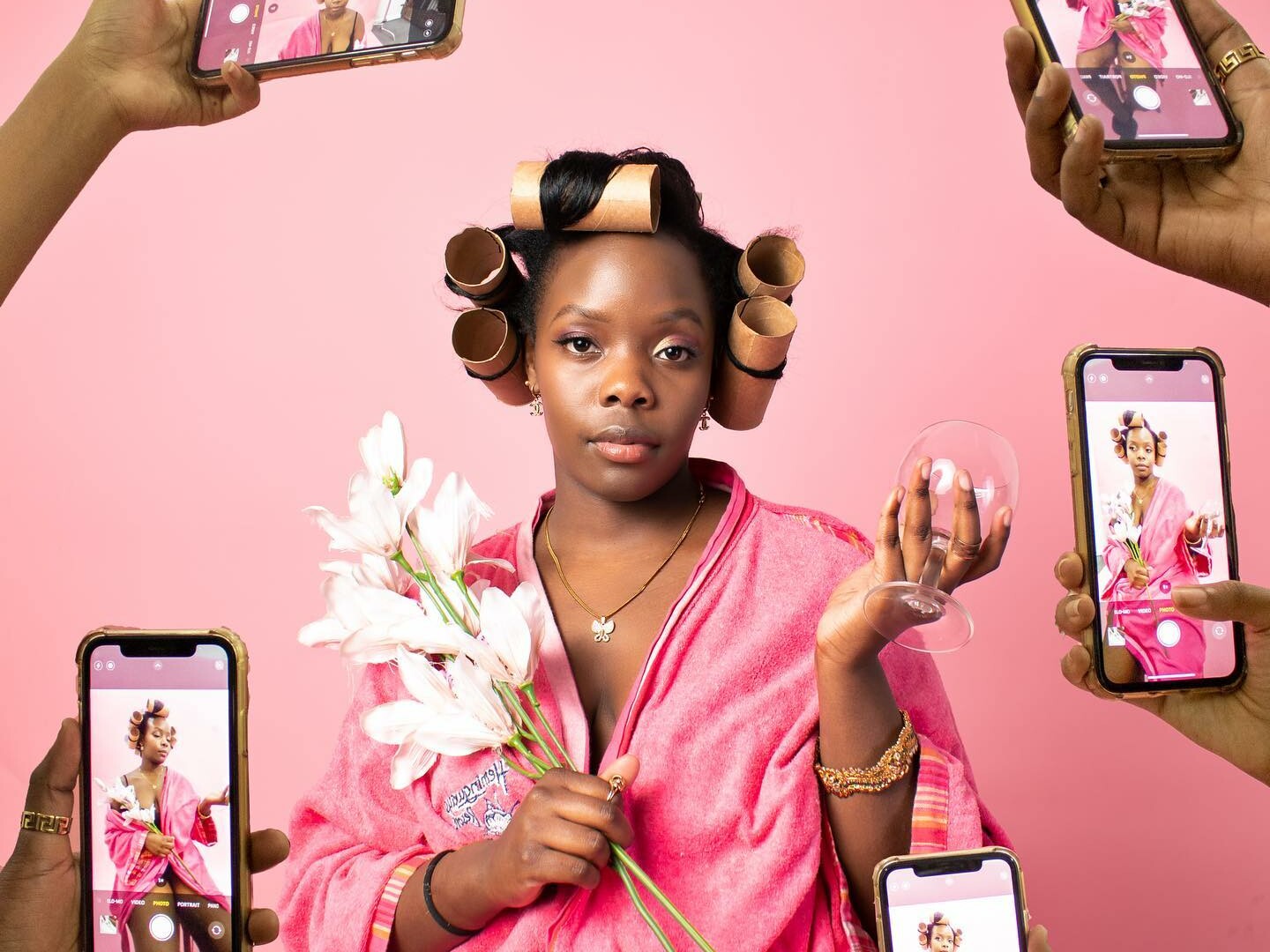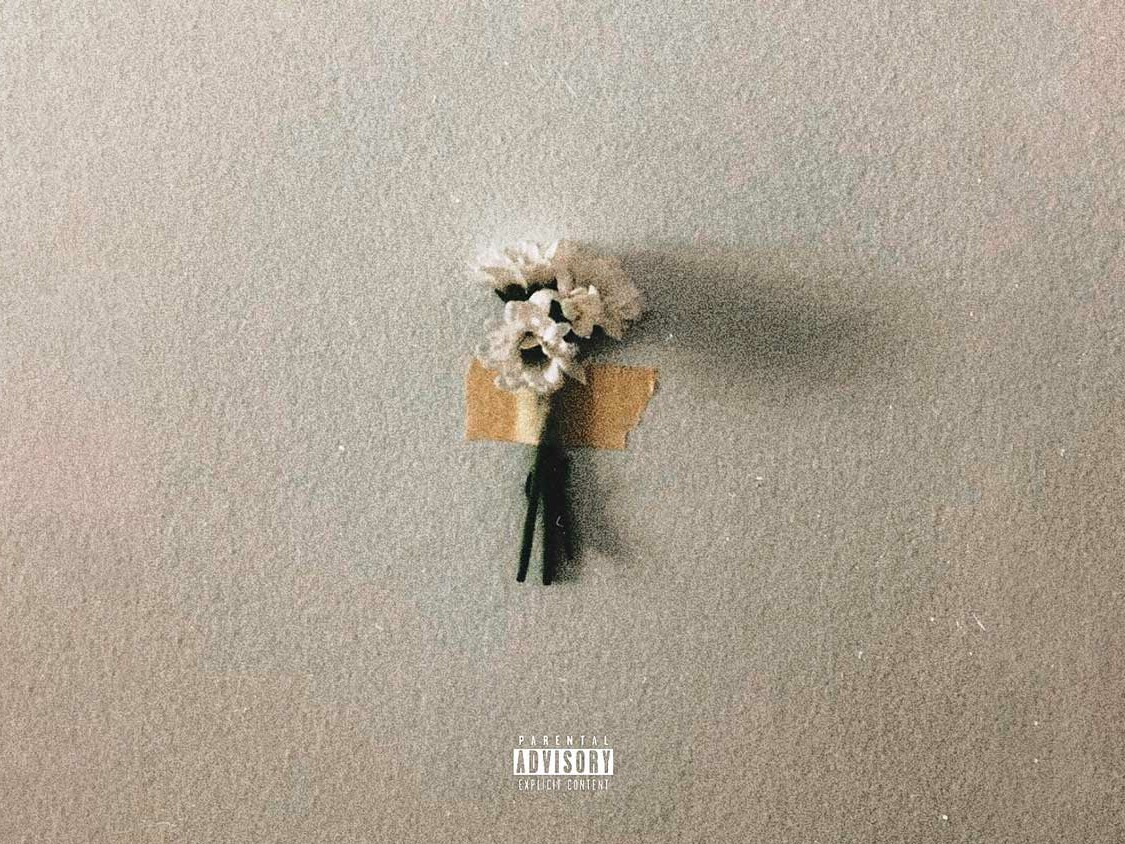In Kenya, you can enjoy music in over 40 languages. One of those is Kikuyu music. This music is rooted in the traditions and beliefs of the Gikuyu people, one of Kenya’s largest ethnic groups. It is a genre of music that is both rich in history and steeped in tradition, sometimes to an extent that places its performers at loggerheads with the law. Over the years, Kikuyu music has evolved to reflect the changing times, but at its heart, the genre has remained true to its roots.
Commercial History
The commercial history of Kikuyu music can be traced back to the late 1800s as the colonial agenda picked up the pace, catalyzed by the 1885 Berlin Conference that facilitated the partitioning of Africa to various colonial powers. During this period, Kikuyu musicians incorporated instruments such as the wandindi, tin drums, cowbells, and the karing’aring’a, a percussion instrument consisting of a circular, bent steel rod that is struck with another straight steel rod to produce sound.
Between the 1890s and the two World Wars, more changes were introduced into the scene. After completing their duty, Kenyan soldiers returning home brought back with them musical items such as the accordion and the guitar, the wireless radio, and the phonogram. These items were used in clandestine song and dance activities organized between the 1940s and onwards during the early 1950s state of emergency restrictions in Kenya. While primarily entertainment-focused, these sporadic musical engagements also served as a subtle strategy to counter the growing influence of foreign, secular songs that were infiltrating the traditional Kikuyu folk music circles. By the late 1950s, a lot of indigenous Kenyan cultures had been changed irrevocably through influences from missionaries, technological development and the colonial struggle.
Vernacular Radio Stations
The rise of Kikuyu music owes a lot to the significant contribution of popular vernacular radio stations. These stations have provided a powerful platform for Kikuyu artists to showcase their talents to millions of listeners. Among the shows that have played a pivotal role in promoting Kikuyu music is ‘Ngogoyo’, which airs every Sunday on Inooro FM and is hosted by the veteran radio presenter Kamau wa Kang’ethe. Other shows by presenters such as Njogu wa Njoroge, Jeff Kuria, Nyoks wa Kata, Wambui wa Githongo, Njuguna wa Wairimu, Karwimbo Mukurino, and Wambui wa Muturi have also served as valuable platforms that promote Kikuyu music.
Joseph Kamaru
The most influential artist in Kikuyu music is undoubtedly Joseph Kamaru.
In 1957 Kamaru left his home in Murang’a with a dream and a desire to supersede his mentor Mwangi wa Gacau and outdo the high quality tracks that Mwangi was famous for. Kamaru launched his career amidst the euphoria of impending freedom from colonial rule. His first two albums, ‘Nyimbo Cia Mau Mau’ Vol 1 and 2, were not only a collection of catchy tunes – they were also a powerful ode to the freedom struggle and a vivid narration of the events that shaped the nation’s history. Through these albums released in 1966 and 1970, Kamaru chronicled the struggles, sacrifices, and triumphs of a nation, all the while tapping into the raw emotion of the moment. And he wasn’t alone in this effort – his sister Catherine lent her voice to the recordings, adding a haunting quality to the background vocals. In many ways, these two albums served as a time capsule, capturing a pivotal moment in Kenya’s history and preserving it for future generations to come.
For Kamaru, few eras stand out quite like the period from 1975-85. It was a time of unprecedented success for the Kenyan artist, marked by a series of chart-topping hits, and an accompanying live band that was simply unrivaled in skill at the time.
Social Commentary
Kamaru set himself up as a bold social commentator who was not afraid to call out the wrongs in society. He criticized and praised in equal measure. He was close allies with the Kenyatta family until his criticism of the assassination of former Mau Mau fighter and popular politician J.M Kariuki. In the aftermath of President Kenyatta’s death in 1978, his successor Daniel Arap Moi invited Kamaru to join a presidential delegation to Japan. After the trip Kamaru composed the song ‘Safari ya Japan’ praising Moi’s leadership and vision for the country. Later in 1992, invited to perform at the Madaraka Day celebrations, Kamaru spoke out against Moi’s strategy of centralization and personalization of power had gradually laid the foundation for a dictatorship and innumerable human rights violations by his administration. During the event, which was attended by the President, Kamaru surprised everyone by directly addressing the President. Pin-drop silence in the stadium, Kamaru told Moi through the microphone “Don’t sit comfortably with your fimbo. I know there are people telling you that you are popular, but the truth is that people do not like you.”
The man also knew how to party and have a good time. In the song ‘Muhiki wa Mikosi‘, Kamaru plays the part of a disgraced chauffeur. The chauffeur humorously retrospectively recounts his misfortunes to his sympathetic mother about how, on his way to pick up his boss, he took a detour and meets a beautiful muhiki (lady) at a bar. After a lot of drama, getting drunk and crashing the car, he loses his driving license, loses his job and goes to jail for 6 months. Kamaru also released several adult-content Kikuyu folk music cassettes.
Generations of Kikuyu Artists
Kikuyu music artists have come in waves with the first generation reigning between the 1950s and the early 1980s. This group comprises artists such as Mwangi wa Gacau, the Nyakinyua dancers, Kamaru, CDM Kiratu and Jimmy Wayuni.
John Ndichu, Peter Kigia, Wayuni, Timona Mburu, Queen Jane, Kariuki Kiarutara, John De Matthew, Joseph Wamumbe, Kimani Thomas, and numerous others make up the second generation of Kikuyu music artists.
Second Generation
John Ndichu recorded his first songs while still a high school student. His biggest hit ‘Cucu Wa Gakunga’ is still popular in today’s Kikuyu music circles. At the apex of its glory, the song received a lot of airplay on the Voice of Kenya (VOK) radio service, which was the only radio station in Kenya for a long time. After high school, Ndichu become a guitarist with leading bands of that time then later formed the Rwengo Brothers band, together with his brother Wamumbe and Waithaka Mboce. Besides Kamaru’s Supersounds band, John Ndichu’s Rwengo Brothers band was the most sought after in Central Kenya for much of the 1980s.
John De Matthew began his music career in 1986 with the release of his debut single ‘Jennifer’ and went on to release the hit song ‘My Dear Nduku’ the following year. Queen Jane began singing in 1984 at only 19. At the beginning she performed with Musaimo. In the mid 1980s to the 1990s, Queen Jane accompanied musicians from Gatanga such as Wamumbe and his brother John Ndichu as they performed across the constituency as part of the Rwengo Brothers band. This second generation of Kikuyu artists has played a significant role in the promotion and preservation of Gikuyu culture and language through their music.
Something about Murang’a
An interesting observation about a huge percentage of the biggest names in Kikuyu music from the first and second generations (1950s-1990) is that they came from Murang’a. In fact, both Kamaru and John Ndichu, the reigning kings of Kikuyu music in the first and second generations respectively, came from Murang’a.
In the early 1990s, the Kikuyu music scene was rocked by a major setback when the Moi regime began to suppress artists who composed songs critical of the government during the push for multiparty democracy. This move dealt a severe blow to the Kikuyu music industry, as many artists were targeted and faced censorship, intimidation, and persecution for their musical expressions of dissent. Many Kikuyu artists were severely impacted and struggled to recover from then onwards.
Current Generation of Kikuyu Artists
The third and latest generation of Kikuyu music artists comprises artists such as Samidoh, Waithaka wa Jane, Gathiaka Junior, Saika Junior, Tony Young, Salim Young, Kamoko, DJ Fatxo, Jose Gatutura aka Mashete, and many others. This group of artists took the reins at the turn of the 21st century. They have benefited greatly from technological development which has not only helped them create music of higher quality but has also allowed them reach more people through channels such as YouTube and Facebook.
Kikuyu Gospel Music
While Kikuyu gospel music is not new, its current aesthetic has been cultivated recently in part due to the proliferation of technology which has empowered more Kikuyu artists and producers to create music. The genre has evolved from its traditional roots and moved away from hymnals and remixed traditional tunes. Artists such as Muigai wa Njoroge, Ruth Wamuyu, Sammy Irungu, Loise Kim, Paul Mwai, Shiru wa GP, Betty Bayo and many others have played a pivotal role in this transformation, introducing a contemporary aesthetic to Kikuyu gospel music.
In Conclusion…
Despite the challenges they face, Kikuyu artists, established and new, continue to shape the genre’s identity and direction. With the advent of technology, more Kikuyu artists have been able to enter the music industry and contribute to its evolution. The genre has witnessed a notable change in its aesthetic and thematic aspects, reflecting the evolving social and cultural landscape of the Gikuyu community and that of Kenya in extension.
It is imperative that members of the Gikuyu community continue to support Kikuyu music and its artists, not only to preserve Gikuyu culture but also because of the significant role Kikuyu music has played in shaping Kenyan culture and society as a whole.
Muiruri Beautah
Muiruri Beautah is a Head Writer at WAKILISHA and a Marketing Manager at Peach Cars. He has created award winning work for brands such as Unilever, Diageo, SafeBoda and Safaricom Plc. He lives in Nairobi and in the hearts of children around the world.




